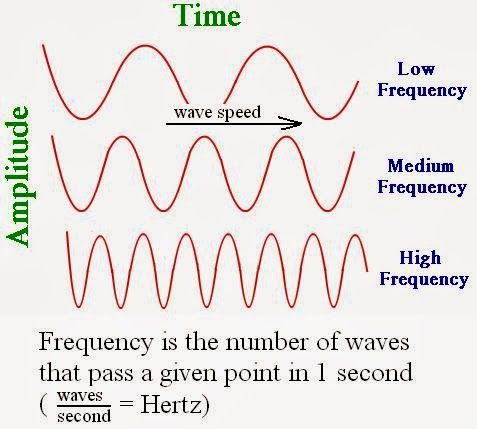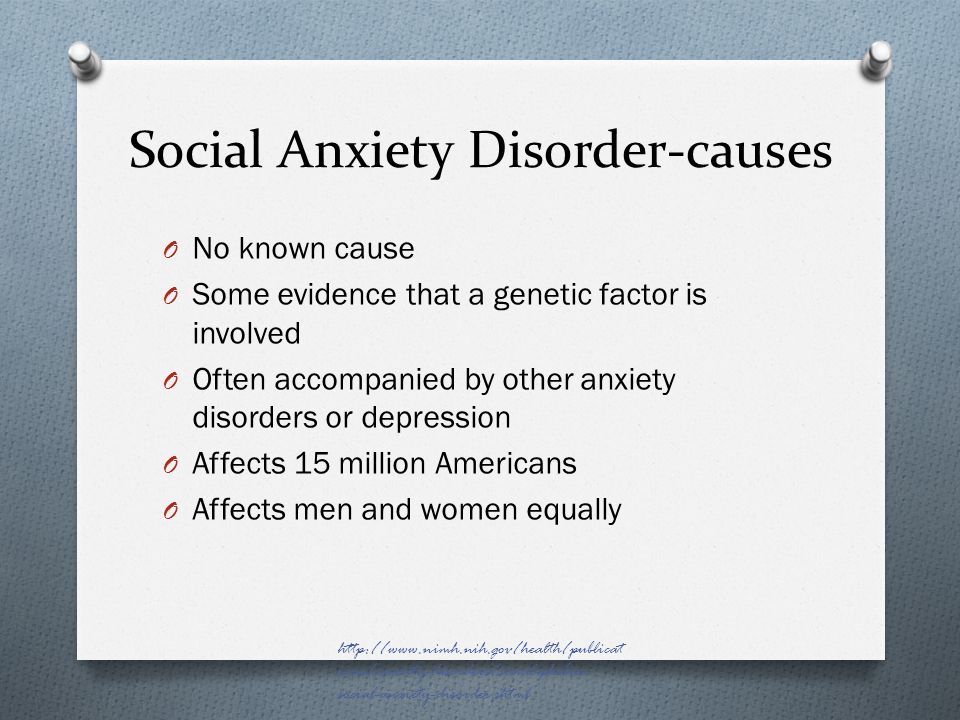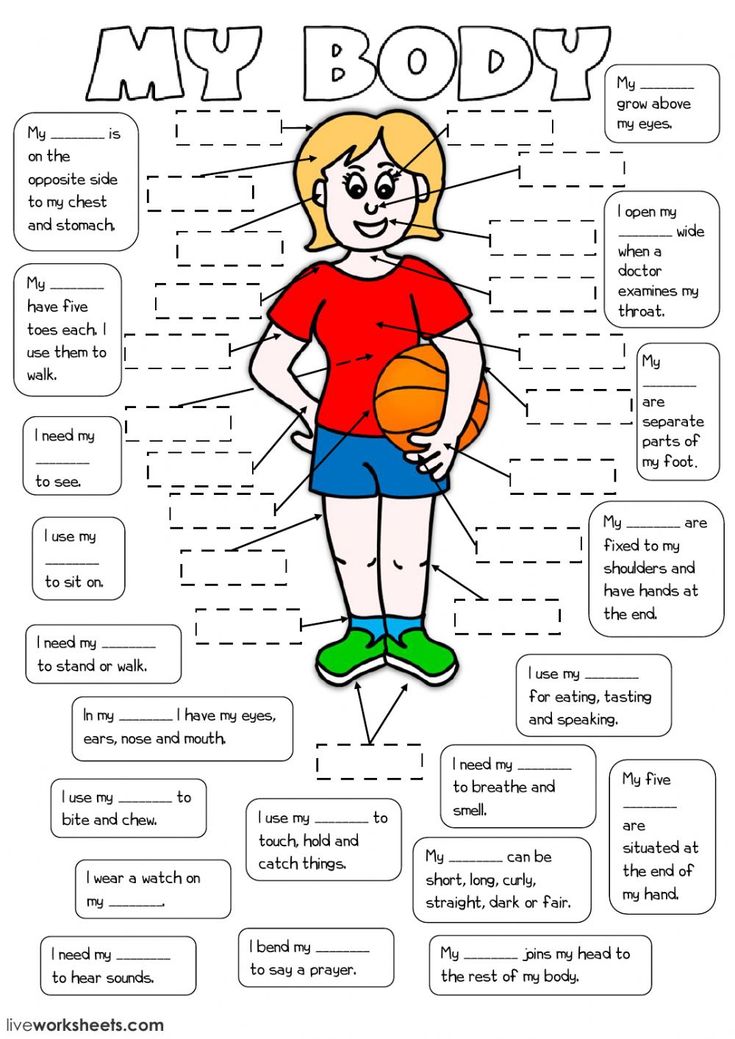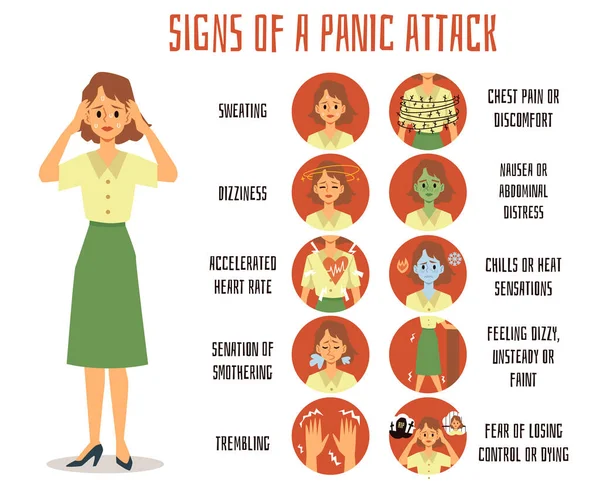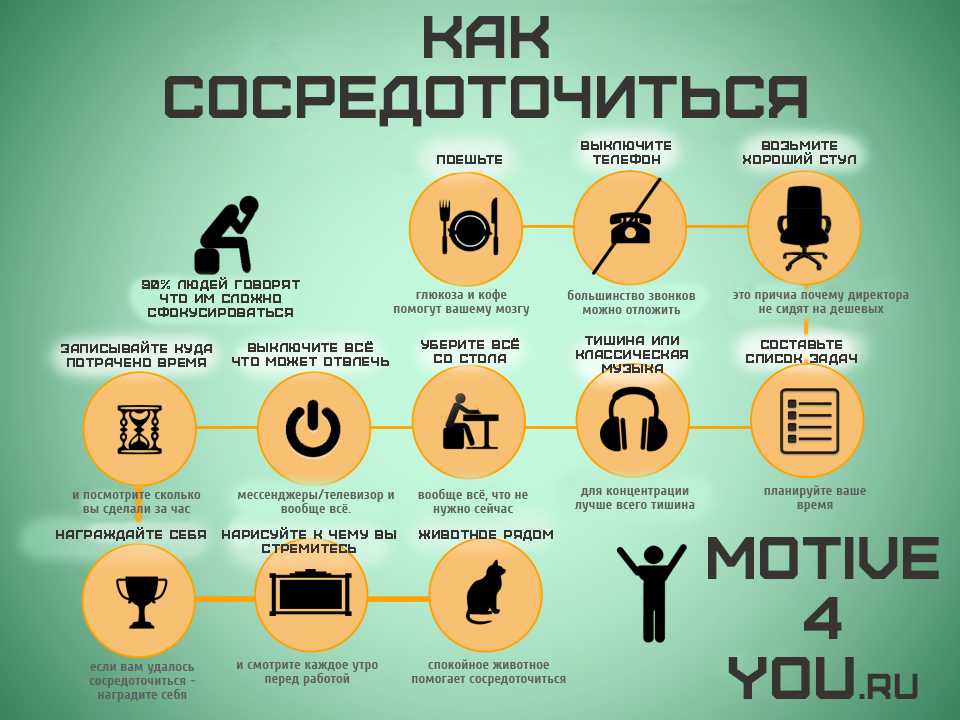Hertz brain waves
The Science of Brainwaves - the Language of the Brain
Definitions
The EEG (electroencephalograph) measures brainwaves of different frequencies within the brain. Electrodes are placed on specific sites on the scalp to detect and record the electrical impulses within the brain. A frequency is the number of times a wave repeats itself within a second. It can be compared to the frequencies that you tune into on your radio. If any of these frequencies are deficient, excessive, or difficult to access, our mental performance can suffer.
The raw EEG has usually been described in terms of frequency bands: Gamma greater than 30(Hz) BETA (13-30Hz), ALPHA (8-12 Hz), THETA (4-8 Hz), and DELTA(less than 4 Hz).
For example: Our brain uses 13Hz (high alpha or low beta) for “active” intelligence. Often we find individuals who exhibit learning disabilities and attention problems having a deficiency of 13Hz activity in certain brain regions that affects the ability to easily perform sequencing tasks and math calculations.
Recommended Books
Brain Wave Frequencies:
DELTA (0.1 to 3.5 Hz)
The lowest frequencies are delta. These are less than 4 Hz and occur in deep sleep and in some abnormal processes. It is the dominant rhythm in infants up to one year of age and it is present in stages 3 and 4 of sleep. It tends to be the highest in amplitude and the slowest waves. We increase Delta waves in order to decrease our awareness of the physical world. We also access information in our unconscious mind through Delta. Peak performers decrease Delta waves when high focus and peak performance are required. However, most individuals diagnosed with Attention Deficit Disorder, naturally increase rather than decrease Delta activity when trying to focus. The inappropriate Delta response often severely restricts the ability to focus and maintain attention. It is as if the brain is locked into a perpetual drowsy state.Another way to look at Delta is to imagine you are driving in a car and you shift into 1st gear….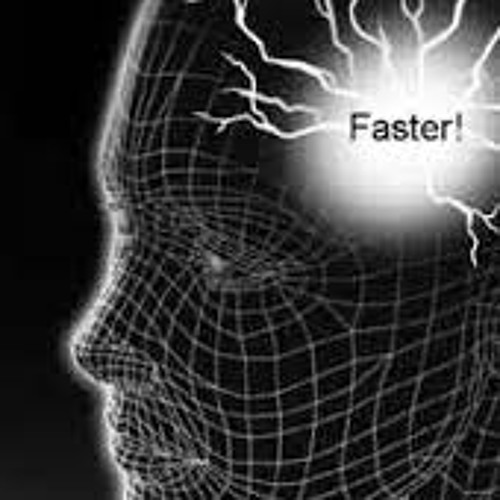 you’re not going to get anywhere very fast. So Delta would represent 1st gear.
you’re not going to get anywhere very fast. So Delta would represent 1st gear.
DELTA (0.1-3 Hz): Distribution: generally broad or diffuse; may be bilateral, widespread
Subjective feeling states: deep, dreamless sleep, non-REM sleep, trance, unconscious
Associated tasks & behaviors: lethargic, not moving, not attentive
Physiological correlates: not moving, low-level of arousal
Effects of training: can induce drowsiness, trance, deeply relaxed states
THETA (4-8 Hz)
The next brainwave is theta. Theta activity has a frequency of 3.5 to 7.5 Hz and is classed as “slow” activity. It is seen in connection with creativity, intuition, daydreaming, and fantasizing and is a repository for memories, emotions, sensations. Theta waves are strong during internal focus, meditation, prayer, and spiritual awareness. It reflects the state between wakefulness and sleep and relates to the subconscious mind. It is abnormal in awake adults but is perfectly normal in children up to 13 years old.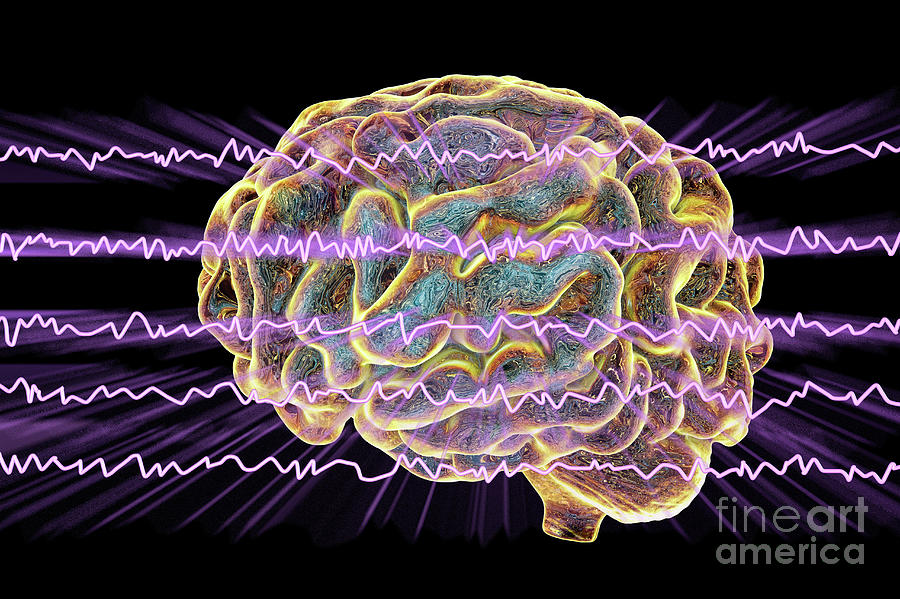 It is also normal during sleep. Theta is believed to reflect activity from the limbic system and hippocampal regions. Theta is observed in anxiety, behavioral activation and behavioral inhibition. When the theta rhythm appears to function normally it mediates and/or promotes adaptive, complex behaviors such as learning and memory. Under unusual emotional circumstances, such as stress or disease states, there may be an imbalance of three major transmitter systems, which results in aberrant behavior. Back to our car example, Theta would be considered 2nd gear. Not as slow as 1st gear (Delta) but still not very fast.
It is also normal during sleep. Theta is believed to reflect activity from the limbic system and hippocampal regions. Theta is observed in anxiety, behavioral activation and behavioral inhibition. When the theta rhythm appears to function normally it mediates and/or promotes adaptive, complex behaviors such as learning and memory. Under unusual emotional circumstances, such as stress or disease states, there may be an imbalance of three major transmitter systems, which results in aberrant behavior. Back to our car example, Theta would be considered 2nd gear. Not as slow as 1st gear (Delta) but still not very fast.
THETA (3.5-7.5 Hz): Distribution: usually regional, may involve many lobes, can be lateralized or diffuse;
Subjective feeling states: intuitive, creative, recall, fantasy, imagery, creative, dreamlike, switching thoughts, drowsy; “oneness”, “knowing”
Associated tasks & behaviors: creative, intuitive; but may also be distracted, unfocused
Physiological correlates: healing, integration of mind/body
Effects of Training: if enhanced, can induce drifting, trance-like state.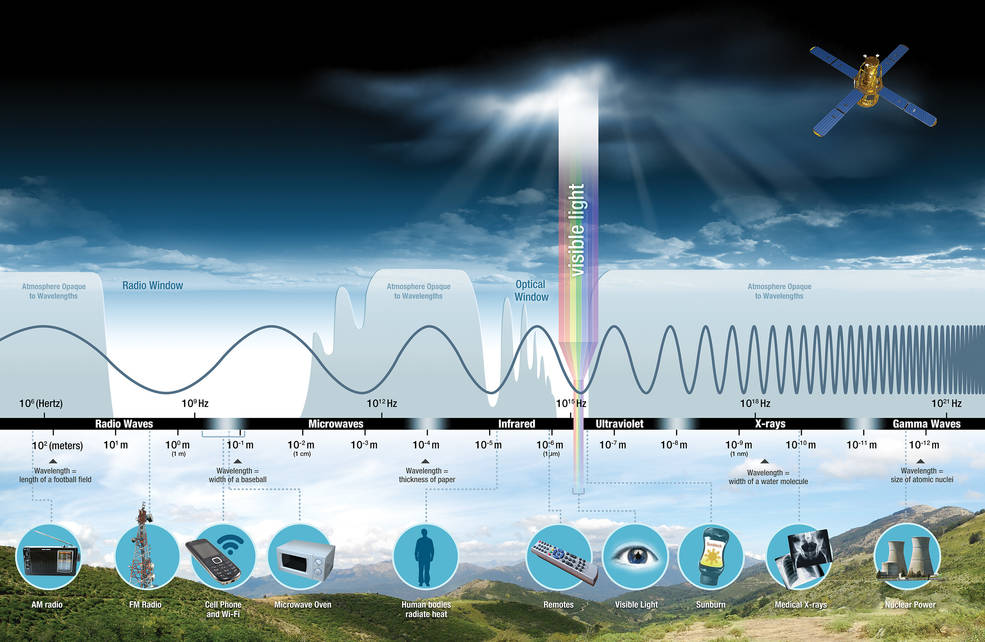 If suppressed, can improve concentration, ability to focus attention
If suppressed, can improve concentration, ability to focus attention
ALPHA (8-12 Hz)
Alpha waves are those between 8 and 12(Hz). Alpha waves will peak around 10Hz. Good healthy alpha production promotes mental resourcefulness, aids in the ability to mentally coordinate, enhances overall sense of relaxation and fatigue. In this state you can move quickly and efficiently to accomplish whatever task is at hand. When Alpha predominates most people feel at ease and calm. Alpha appears to bridge the conscious to the subconscious. It is the major rhythm seen in normal relaxed adults – it is present during most of life especially beyond the thirteenth year when it dominates the resting tracing. Alpha rhythms are reported to be derived from the white matter of the brain. The white matter can be considered the part of the brain that connects all parts with each other. Alpha is a common state for the brain and occurs whenever a person is alert (it is a marker for alertness and sleep), but not actively processing information.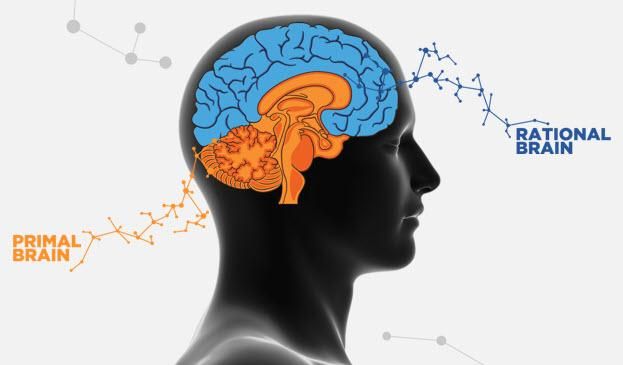 They are strongest over the occipital (back of the head) cortex and also over frontal cortex. Alpha has been linked to extroversion (introverts show less), creativity (creative subjects show alpha when listening and coming to a solution for creative problems), and mental work. When your alpha is within normal ranges we tend to also experience good moods, see the world truthfully, and have a sense of calmness. Alpha is one of the brain’s most important frequency to learn and use information taught in the classroom and on the job. You can increase alpha by closing your eyes or deep breathing or decrease alpha by thinking or calculating. Alpha-Theta training can create an increase in sensation, abstract thinking and self-control. In our car scenario, Alpha would represent neutral or idle. Alpha allows us to shift easily from one task to another.
They are strongest over the occipital (back of the head) cortex and also over frontal cortex. Alpha has been linked to extroversion (introverts show less), creativity (creative subjects show alpha when listening and coming to a solution for creative problems), and mental work. When your alpha is within normal ranges we tend to also experience good moods, see the world truthfully, and have a sense of calmness. Alpha is one of the brain’s most important frequency to learn and use information taught in the classroom and on the job. You can increase alpha by closing your eyes or deep breathing or decrease alpha by thinking or calculating. Alpha-Theta training can create an increase in sensation, abstract thinking and self-control. In our car scenario, Alpha would represent neutral or idle. Alpha allows us to shift easily from one task to another.
ALPHA(8-12 Hz): Distribution: regional, usually involves entire lobe; strong occipital w/eyes closed
Subjective feeling states: relaxed, not agitated, but not drowsy; tranquil, conscious
Associated tasks & behaviors: meditation, no action
Physiological correlates: relaxed, healing
Effects of Training: can produce relaxation
Sub band low alpha: 8-10: inner-awareness of self, mind/body integration, balance
Sub band high alpha: 10-12: centering, healing, mind/body connection
BETA (above 12 Hz)
Beta activity is ‘fast’ activity.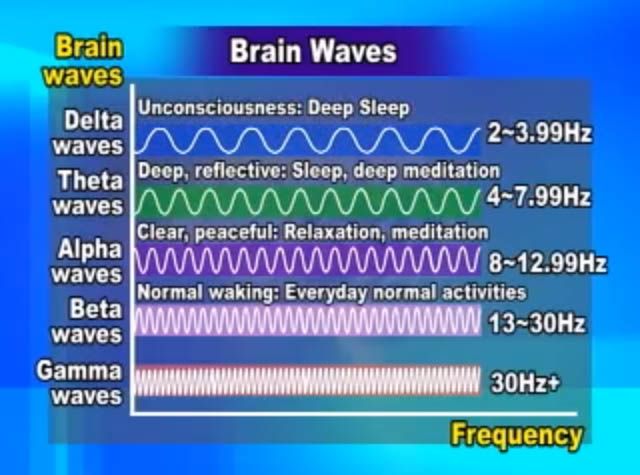 It has a frequency of 14 and greater Hz. It reflects desynchronized active brain tissue. It is usually seen on both sides in symmetrical distribution and is most evident frontally. It may be absent or reduced in areas of cortical damage.
It has a frequency of 14 and greater Hz. It reflects desynchronized active brain tissue. It is usually seen on both sides in symmetrical distribution and is most evident frontally. It may be absent or reduced in areas of cortical damage.
It is generally regarded as a normal rhythm and is the dominant rhythm in those who are alert or anxious or who have their eyes open.
It is the state that most of brain is in when we have our eyes open and are listening and thinking during analytical problem solving, judgment, decision making, processing information about the world around us.
Beta would represent overdrive or hyperdrive in our car scenario.
The beta band has a relatively large range, and has been divided into low, midrange and high.
LOW BETA (12-15HZ): Distribution: localized by side and by lobe (frontal, occipital, etc)
Subjective feeling states: relaxed yet focused, integrated
Associated tasks & behaviors: low SMR can reflect “ADD”, lack of focused attention
Physiological correlates: is inhibited by motion; restraining body may increase SMR
Effects of Training: increasing SMR can produce relaxed focus, improved attentive abilities,
MID BETA (15-18hz): Distribution: localized, over various areas.
May be focused on one electrode.
Subjective feeling states: thinking, aware of self & surroundings
Associated tasks & behaviors: mental activity
Physiological correlates: alert, active, but not agitated
Effects of Training: can increase mental ability, focus, alertness
HIGH BETA (above 18hz): Distribution: localized, may be very focused.
Subjective feeling states: alertness, agitation
Associated tasks & behaviors: mental activity, e.g. math, planning
Physiological correlates: general activation of mind & body functions.
Effects of Training: can induce alertness, but may also produce agitation
GAMMA (above 30 Hz)
GAMMA (above 30hz Hz): Distribution: very localized
Subjective feeling states: thinking; integrated thoughts
Associated tasks & behaviors: high-level information processing, “binding”
Physiological correlates: associated with information-rich task processing
Effects of Training: not known
Gamma is measured between 30 and 44 (Hz) and is the only frequency group found in every part of the brain.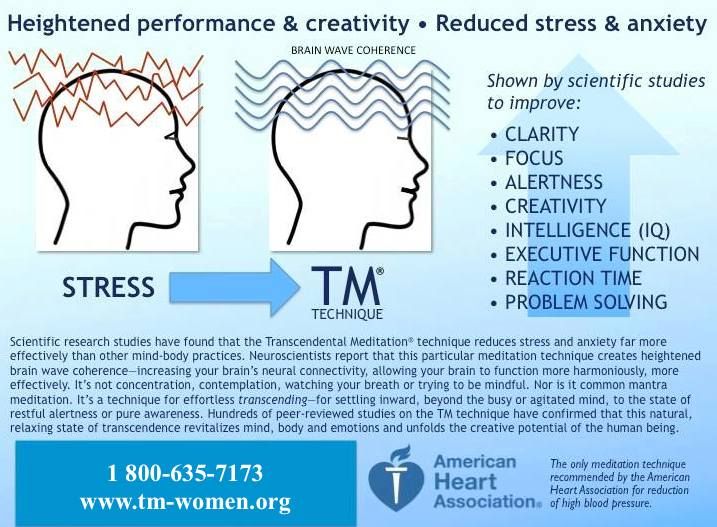 When the brain needs to simultaneously process information from different areas, its hypothesized that the 40Hz activity consolidates the required areas for simultaneous processing. A good memory is associated with well-regulated and efficient 40Hz activity, whereas a 40Hz deficiency creates learning disabilities.
When the brain needs to simultaneously process information from different areas, its hypothesized that the 40Hz activity consolidates the required areas for simultaneous processing. A good memory is associated with well-regulated and efficient 40Hz activity, whereas a 40Hz deficiency creates learning disabilities.
A Deep Dive Into Brainwaves: Brainwave Frequencies Explained
June 25, 2018
We’ve all experienced that magical feeling of being hit with ‘a brainwave’. That moment of newfound clarity, a shift in perspective, or a novel idea. And typically, it seems to appear out of nowhere. In between sips of coffee, while out for a walk, or simply indulging your dog in a good belly rub. While brainwaves can be a figure of speech to describe our thoughts, scientists and clinicians can use literal brainwaves, measured on the head, to help understand the functioning of the human brain.
As it turns out, the key to having more of these ‘aha’ moments lies in understanding the science behind brainwaves.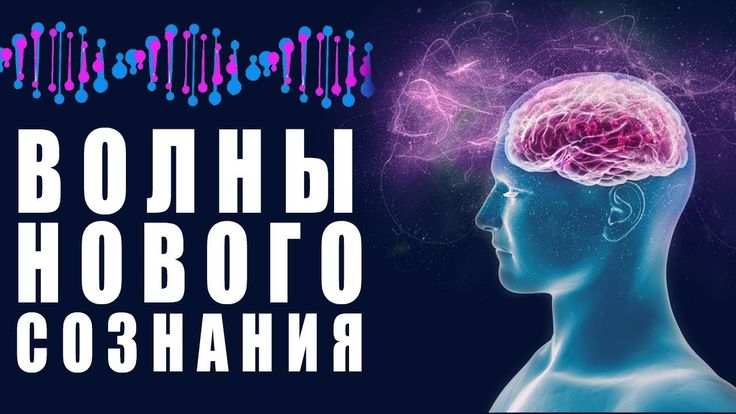 Neuroscientists have been studying brainwaves – the popular name for the field of electroencephalography – for nearly a century.
Neuroscientists have been studying brainwaves – the popular name for the field of electroencephalography – for nearly a century.
The brain has billions of neurons, and each individual neuron connects (on average) to thousands of others. Communication happens between them through small electrical currents that travel along the neurons and throughout enormous networks of brain circuits. When all these neurons are activated they produce electrical pulses – visualize a wave rippling through the crowd at a sports arena – this synchronized electrical activity results in a “brainwave”.
When many neurons interact in this way at the same time, this activity is strong enough to be detected even outside the brain. By placing electrodes on the scalp, this activity can be amplified, analyzed, and visualized. This is electroencephalography, or EEG – a fancy word that just means an electric brain graph. (Encephalon, the brain, is derived from the ancient Greek “enképhalos,” meaning within the head. )
)
One way that EEG ‘brainwaves’ convey information is in their rate of repetition. Some oscillations, measured on the scalp, occur at more than 30 cycles per second (and up to 100 cycles per second!) These cycles, also called frequencies, are measured as Hz, or hertz, after the scientist who proved the existence of electromagnetic waves.
When looked at this way, brainwaves come in five flavors, each of which corresponds to a Greek letter. As we’ll see, these different brainwaves correspond to different states of thought or experience. While there are many other ways to analyze brainwaves, many practitioners of a field called neurofeedback rely on dividing brain oscillations into these five categories.
Some of these brain oscillations are more easily detectable on specific parts of the scalp, corresponding to the parts of the brain just below. The brain has many specialized regions that correspond to different processes, thoughts, and sensations. Particular oscillations often reflect distinct regions and networks in the brain communicating with each other.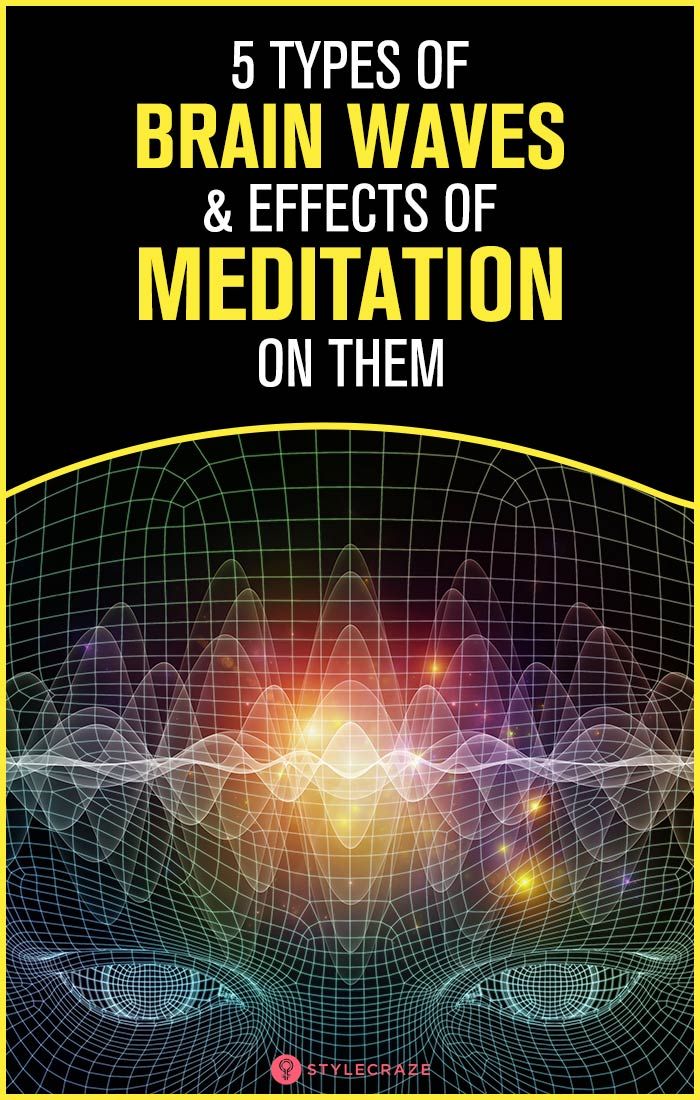
The 5 main types of brainwave frequencies
Different patterns of brainwaves can be recognized by their amplitudes and frequencies. Brainwaves can then be categorized based on their level of activity or frequency. It’s important to remember, though, that brainwaves are not the source or the cause of brain states, or of our experiences of our own minds – they’re just some of the detectable reflections of the complex processes in the brain that produce our experience of being, thinking, and perceiving.
- Slow activity refers to a lower frequency and high amplitude (the distance between two peaks of a wave). These oscillations are often much larger in amplitude (wave depth). Think: low, the deep beat of a drum.
- Fast activity refers to a higher frequency and often smaller amplitude. Think: high pitched flute.
Below are five often-described brainwaves, from the fastest activity levels to the slowest.
Gamma Brainwaves
- Frequency: 32 – 100 Hz
- Associated state: Heightened perception, learning, problem-solving tasks
Gamma brainwaves are the fastest measurable EEG brainwaves and have been equated to ‘heightened perception’, or a ‘peak mental state’ when there is simultaneous processing of information from different parts of the brain.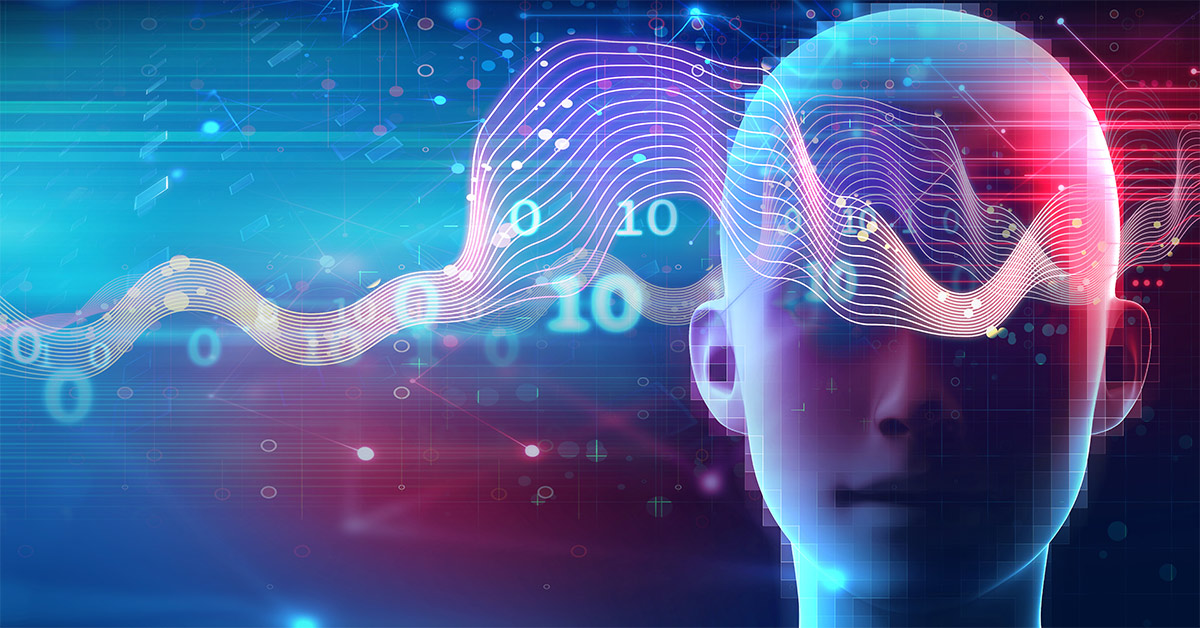 Gamma brainwaves have been observed to be much stronger and more regularly observed in very long-term meditators including Buddhist Monks.
Gamma brainwaves have been observed to be much stronger and more regularly observed in very long-term meditators including Buddhist Monks.
Beta Brainwaves
- Frequency: 13-32 Hz
- State: Alert, normal alert consciousness, active thinking
For example:
- Active conversation
- Making decisions
- Solving a problem
- Focusing on a task
- Learning a new concept
Beta brainwaves are easiest to detect when we’re busy thinking actively.
Alpha Brainwaves
- Frequency: 8-13 Hz
- State: Physically and mentally relaxed
Alpha brainwaves are some of the most easily observed and were the first to be discovered. They become detectable when the eyes are closed and the mind is relaxed. They can also often be found during activities such as:
- Yoga
- Just before falling asleep
- Being creative and artistic
Theta Brainwaves
- Frequency: 4-8 Hz
- State: Creativity, insight, dreams, reduced consciousness
According to Professor Jim Lagopoulos of Sydney University, “previous studies have shown that theta waves indicate deep relaxation and occur more frequently in highly experienced meditation practitioners.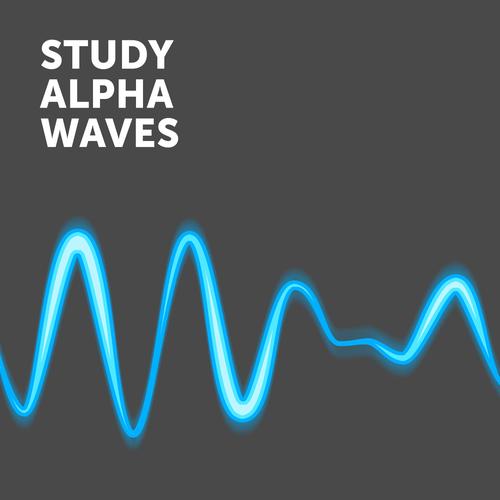 The source is probably frontal parts of the brain, which are associated with monitoring of other mental processes.”
The source is probably frontal parts of the brain, which are associated with monitoring of other mental processes.”
Most frequently, theta brainwaves are strongly detectable when we’re dreaming in our sleep (think, the movie Inception), but they can also be seen during :
- Deep meditation
- Daydreaming
When we’re doing a task that is so automatic that the mind can disengage from it e.g. brushing teeth, showering. Research has also shown a positive association of theta waves with memory, creativity, and psychological well-being. (5) (6)
Delta Brainwaves
- Frequency: 0.5-4 Hz
- State: Sleep, dreaming
These are the slowest of all brainwaves and are strongest when we are enjoying restorative sleep in a dreamless state. This is also the state where healing and rejuvenation are stimulated, which is why it’s so crucial to get enough sleep each night.
How to train your brainwaves
Is it possible to change how much we experience these different brainwaves, and the brain states and thought experiences associated with them? In short, yes.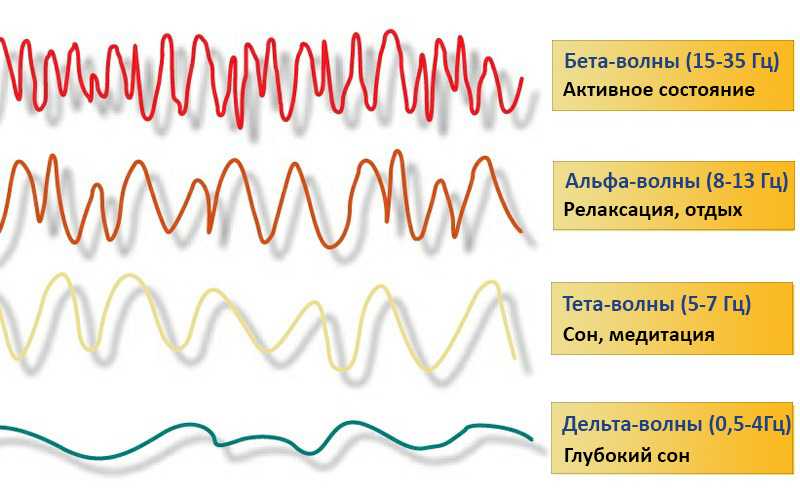
Conditioning and Neurofeedback
For decades, practitioners have engaged in training programs which are intended to reinforce the brain states which produce increases in certain brain oscillations and decreases in others. The most common example of this, called neurofeedback, can utilize EEG or other brain-sensing modalities.
Neurofeedback practitioners and clinicians find that immediate, direct feedback on brain states, whether in the form of sound, light or even a video game, can produce changes in underlying behaviors and brain states that are reflected in brainwaves. This feedback seems to accelerate the learning process, by making brain states more apparent to the recipient.
Another important discovery in the recent history of neuroscience is the significant differences in brainwave characteristics of highly experienced meditators. Expert meditators not only have different resting-state brainwaves from non-meditators – but they also seem able to control their brainwaves through voluntary thought control with greater ease than others.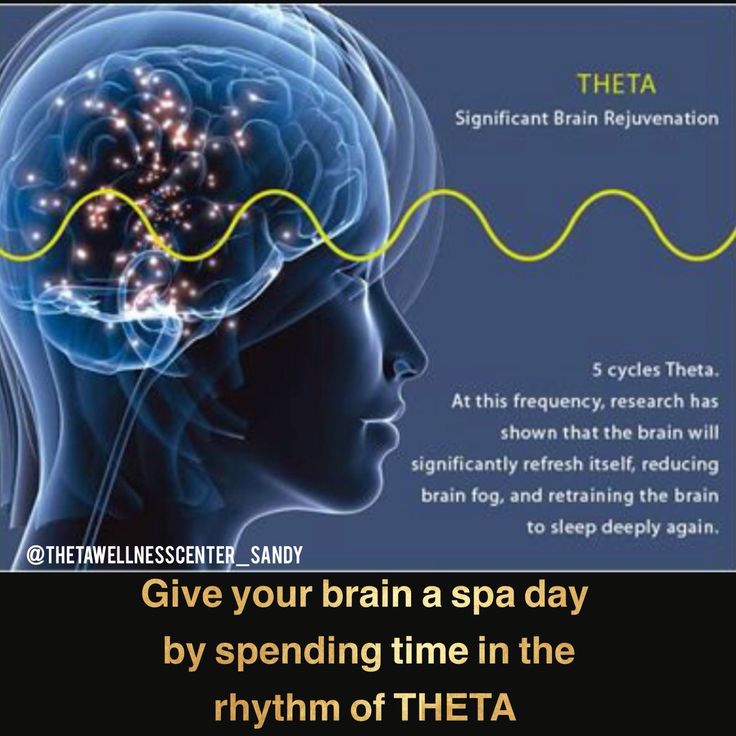
So how do we start to improve our ability to control our brainwaves? These brainwave-changing skills can be learned. Meditation deepens your ability to focus and control your attention.
What Does Muse Do?
Muse has been tested and validated against EEG systems that are exponentially more expensive, and it’s used by neuroscientists around the world in real-world neuroscience research inside and outside the lab. Using 7 finely calibrated sensors – 2 on the forehead, 2 behind the ears plus 3 reference sensors – Muse is a next-generation, state of the art EEG system that uses advanced algorithms to train beginner and intermediate meditators at controlling their focus. It teaches users how to manipulate their brain states and how to change the characteristics of their brains.
The Muse algorithm technology is more complex than traditional neurofeedback. In creating the Muse app, we started from these brainwaves and then spent years doing intensive research on higher-order combinations of primary, secondary, and tertiary characteristics of raw EEG data and how they interact with focused-attention meditation.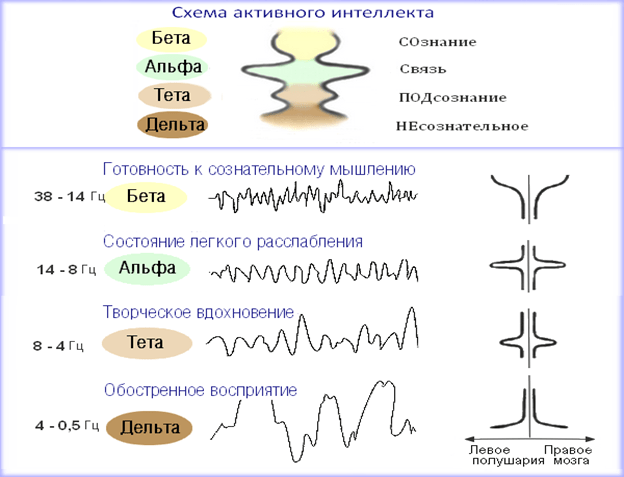
It’s important to note that a lot of people confuse what the Muse app measures with traditional neurofeedback (which focuses on training individual frequencies), but it doesn’t map individual frequencies – it uses a unique and complex combination of the various brainwaves in order to provide results such as calm, active, and neutral states.
SOURCES
- Scientific American. (2018). What is the function of the various brainwaves?. [online] Available at: https://www.scientificamerican.com/article/what-is-the-function-of-t-1997-12-22/ [Accessed 26 Feb. 2018].
- Lustenberger, C., Boyle, M., Foulser, A., Mellin, J. and Fröhlich, F. (2015). Functional role of frontal alpha oscillations in creativity. Cortex, [online] 67, pp.74-82. Available at: https://www.sciencedirect.com/science/article/pii/S0010945215001033 [Accessed 26 Feb. 2018].
- ScienceDaily. (2018). Alpha waves close your mind for distraction, but not continuously, research suggests.
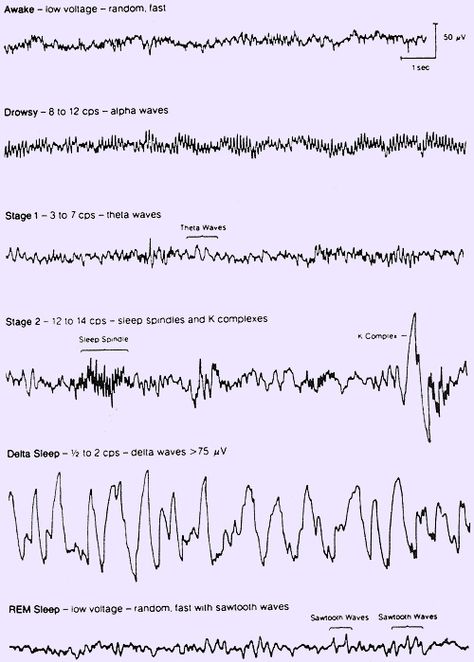 [online] Available at: https://www.sciencedaily.com/releases/2012/10/121008134058.htm [Accessed 26 Feb. 2018].
[online] Available at: https://www.sciencedaily.com/releases/2012/10/121008134058.htm [Accessed 26 Feb. 2018]. - Haarmann, H., George, T., Smaliy, A. and Dien, J. (2012). Remote Associates Test and Alpha Brain Waves. The Journal of Problem Solving, [online] 4(2). Available at: https://docs.lib.purdue.edu/jps/vol4/iss2/5/ [Accessed 26 Feb. 2018].
- Buzsáki, G. (2002). Theta Oscillations in the Hippocampus. Neuron, [online] 33(3), pp.325-340. Available at: https://www.sciencedirect.com/science/article/pii/S089662730200586X [Accessed 26 Feb. 2018].
- White, N. (1999). Theories of the Effectiveness of Alpha-Theta Training for Multiple Disorders. Introduction to Quantitative EEG and Neurofeedback. pp 341-367. Available at: https://www.sciencedirect.com/science/article/pii/B9780122437908500146 [Accessed 26 Feb. 2018].
- Brainworksneurotherapy.com. (2018). What are Brainwaves? Types of Brain waves | EEG sensor and brain wave – UK. [online] Available at: http://www.
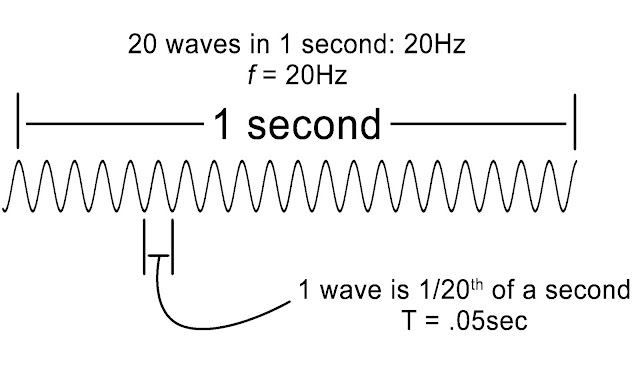 brainworksneurotherapy.com/what-are-brainwaves [Accessed 26 Feb. 2018].
brainworksneurotherapy.com/what-are-brainwaves [Accessed 26 Feb. 2018]. - Marzbani, H., Marateb, H. R., & Mansourian, M. (2016). Neurofeedback: a comprehensive review on system design, methodology and clinical applications. Basic and Clinical Neuroscience, 7(2), 143-158. http://dx.doi.org/10.15412/J.BCN.03070208
- Calomeni, Mauricio Rocha, et al. “Modulatory Effect of Association of Brain Stimulation by Light and Binaural Beats in Specific Brain Waves.” Clinical Practice & Epidemiology in Mental Health, benthamopen.com/FULLTEXT/CPEMH-13-134.
Is it possible to hack the brain with sound / Sudo Null IT News
Binaural beats, quite possibly, can affect brain waves. And there is actually less magic in this than it might seem.
What if I told you that there is a way to improve concentration and alertness, relieve pain, reduce anxiety, help with meditation, and improve the quality of sleep at night? And all this is free and with virtually no side effects.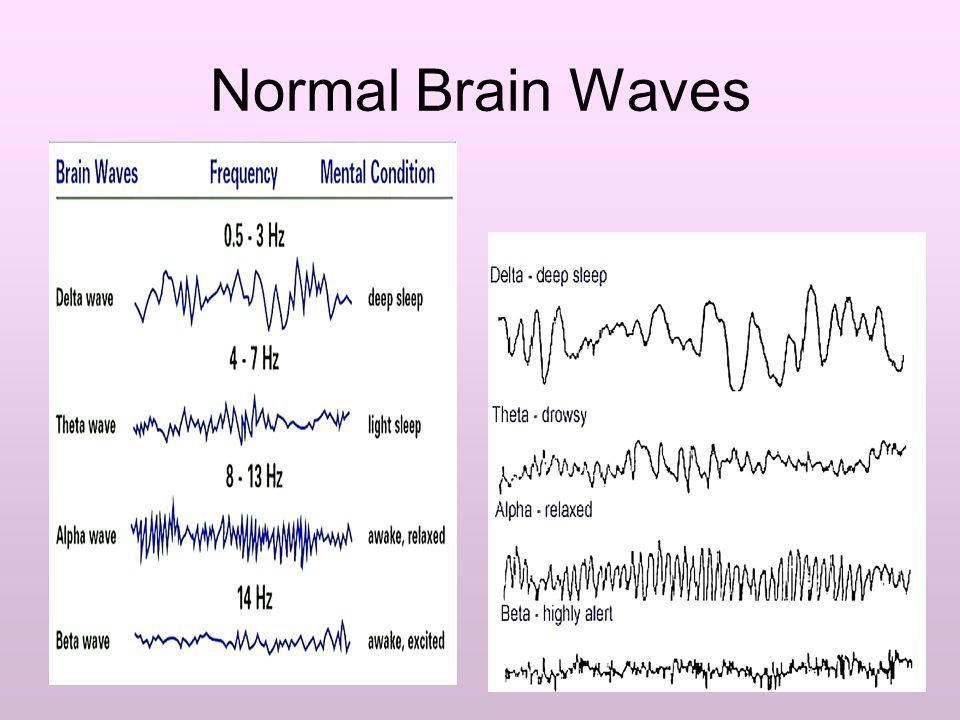 Too good to be true, you say? But it is precisely these properties that are attributed to the "magic" binaural beats.
Too good to be true, you say? But it is precisely these properties that are attributed to the "magic" binaural beats.
Binaural beats are, in fact, an auditory illusion that occurs when you listen to sound signals of two close frequencies, each of which is fed to only one ear (“binaural” means “pertaining to both ears”). The brain tries to combine these two sounds, and as a result, you hear a third sound at a frequency that is the difference between the first two (this illusion is created in the brain stem). For example, if you put a 400 Hz sound signal into your right ear and 410 Hz into your left ear, you will feel a beat at a frequency of 10 Hz - this is the binaural beat. (Examples can be heard here.)
And this is where the “magic” begins: the activity of the brain adjusts to the frequency of the binaural beat. In the example above, the brain starts to "work" at a frequency of 10 Hz. This process is called “brainwave tampering” and is one of the ways in which one tries to “hack” the brain in order to achieve the desired mental state.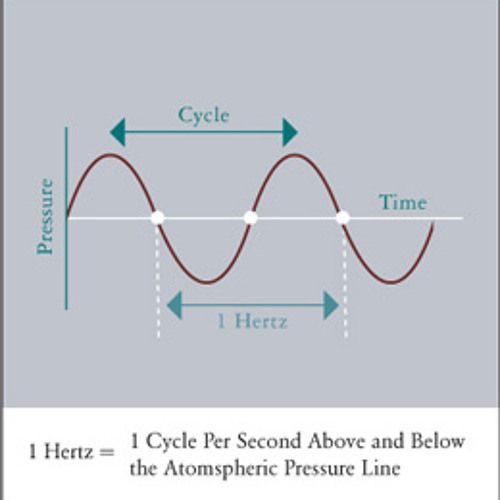
Transferred to Alconost
Miguel Garcia-Argibay, a scientist at the University of Örebro in Sweden, whose field of interest is binaural beats, says:
"The attraction of binaural beats is that, in theory, a slight difference in the frequencies of the two signals causes the brain to work at the desired frequency."
The purpose of this influence is to force the brain cells to work at a frequency corresponding to the desired mental state.
The basis of the brain is the transmission of electrical signals, and depending on the type of brain activity, neurons transmit signals at different frequencies. Certain brain wave frequencies (usually measured using an electroencephalogram - EEG) are associated with various cognitive and emotional states.
- Gamma waves have the highest frequency (30 Hz and above): when the brain works in gamma rhythm, neurons send signals at a frequency of 30 or more times per second.
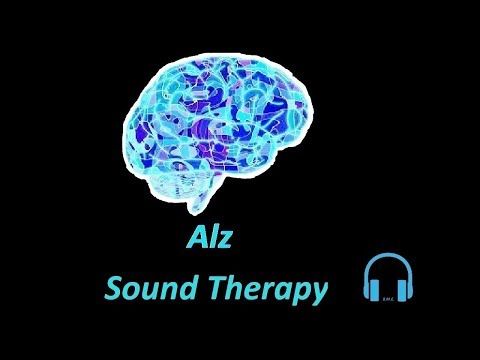 This state of the brain is associated with deep concentration.
This state of the brain is associated with deep concentration. - Beta rhythm corresponds to a frequency of 12-30 Hz and is associated with feelings of excitement, attention and anxiety.
- The alpha rhythm is 8-12 Hz: it is associated with a more relaxed state of passive attention, as well as a feeling of sleepiness.
- Theta rhythm corresponds to a frequency of 4-8 Hz and indicates a deep relaxation, focus on internal sensations. This rhythm is often observed during meditation.
- Delta rhythms are the slowest: only 0.5-4 Hz. If the EEG shows delta waves, the person is probably asleep.
The phenomenon of imposing the frequency of brain rhythms is that the brain begins to work at the frequency of an external stimulus - for example, a binaural beat: areas of the brain that normally function at different frequencies begin to synchronize. The purpose of this influence is to force the brain cells to work at a frequency corresponding to the desired mental state.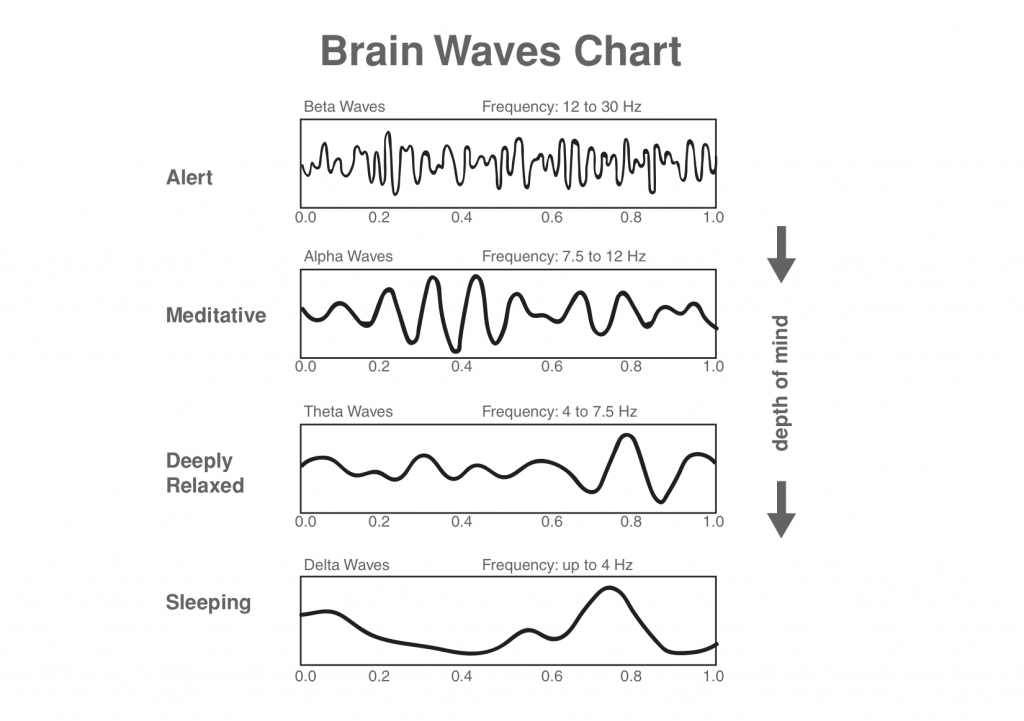 For example, if you need to prepare for a test or focus on work, then setting your brain activity to gamma or beta rhythms can increase attentiveness. Or vice versa: if you have insomnia, you can try to trick the brain so that it slows down to theta or delta rhythms - this will help you fall asleep.
For example, if you need to prepare for a test or focus on work, then setting your brain activity to gamma or beta rhythms can increase attentiveness. Or vice versa: if you have insomnia, you can try to trick the brain so that it slows down to theta or delta rhythms - this will help you fall asleep.
This sounds great in theory, but how effective binaural beats are at changing brainwave frequencies and whether it actually affects mood and thought processes is still a matter of debate.
Machine learning developer Hector Pérez, who researched binaural beats while studying at McGill University in Canada, says the studies claiming that binaural beats improve thinking ability were very lackluster: “It was not clear whether binaural beats had any any influence at all.
Research on binaural beats is inconsistent. In a recent meta-analysis, Garcia-Argibay compared 22 studies on this phenomenon and concluded that theta frequencies can indeed reduce anxiety levels, and gamma frequencies can increase productivity when working on tasks that require attention. However, the effect of binaural beats on memory has not been as conclusive: some studies have shown improved performance on memory tasks after exposure to beta, alpha, and theta frequencies, while others have reported worse performance when using these binaural frequencies.
However, the effect of binaural beats on memory has not been as conclusive: some studies have shown improved performance on memory tasks after exposure to beta, alpha, and theta frequencies, while others have reported worse performance when using these binaural frequencies.
It is also not entirely clear whether binaural beats can even change the frequency of brain waves. One particularly noteworthy study showed that none of the five frequencies of binaural beats had any effect on the EEG. However, in another study, when measuring intracranial EEGs in patients undergoing brain surgery, changes in brain activity were still observed in response to four of these frequencies. Another study showed the induction of theta rhythms in several areas of the brain after 10 minutes of exposure to a binaural beat of the appropriate frequency.
Garcia-Argibay explains that one of the reasons for these discrepancies is that there is still no generally accepted protocol for studying binaural beats, so different approaches were used in these experiments: rhythm frequency, loudness, duration, presence of background music, moment, in which the recording was playing (before or during the task).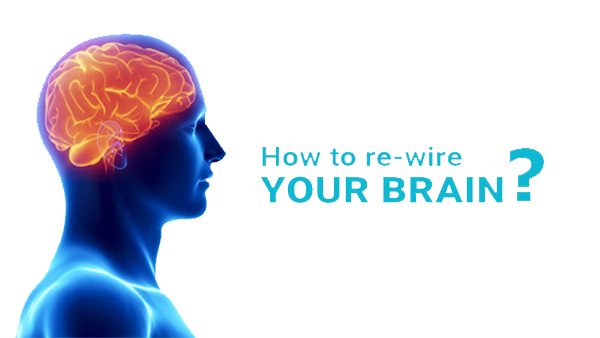 According to the meta-analysis, the best results are obtained if the frequencies are played by themselves (without background music or white noise) for at least 10 minutes before the task.
According to the meta-analysis, the best results are obtained if the frequencies are played by themselves (without background music or white noise) for at least 10 minutes before the task.
There is an interesting twist to this story: it turns out that binaural beats are not the only auditory stimulus that can force the brain waves to the right frequency. Pérez's research, published last month in eNeuro , showed that not only binaural beats have an "imposing" effect: the same can be achieved with monophonic beats - a pulsating sound that is delivered to both ears at the same frequency. Moreover, the monophonic rhythm had an even greater effect on brain waves - but did not change either the mood or the mental state.
Pérez says that the effect of binaural beats on the brain does not seem to be unique, and auditory cognitive neuroscientists have long known that even a simple rhythmic sound (like claps) will force a certain frequency on the brain: “Any rhythmic sound will force the brain to adjust to its frequency.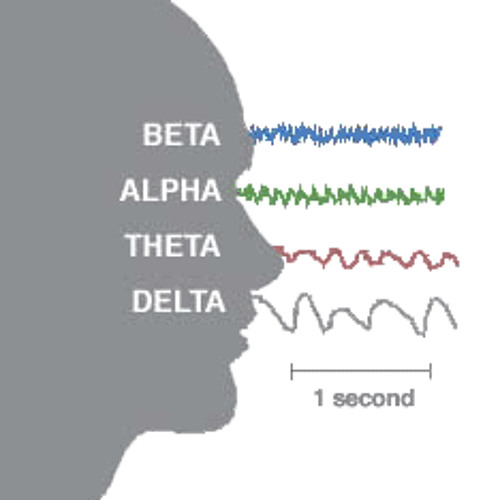 Why would people lose their heads because of such a mundane phenomenon?
Why would people lose their heads because of such a mundane phenomenon?
About the translator
The article was translated by Alconost.
Alconost localizes games, applications and websites into 70 languages. Native translators, linguistic testing, cloud platform with API, continuous localization, project managers 24/7, any format of string resources. And in our Nitro service, you can order text translation online.
We also make promotional and educational videos - for websites, selling, image, advertising, training, teasers, explainers, trailers for Google Play and App Store.
→ More
The brain and its rhythms - basic knowledge
Physiology of the brain.
We often compare the human brain to a complex computer. This analogy is not very successful, but if we talk about the real possibilities and functions of the brain, then the number of logical processes that take place in it is amazingly large.
The human brain is made up of three main elements:
- Glial cells
- Neurons
- Dendrites
1) Glial cells
The name "glial" comes from the Greek word "glia", meaning "to glue".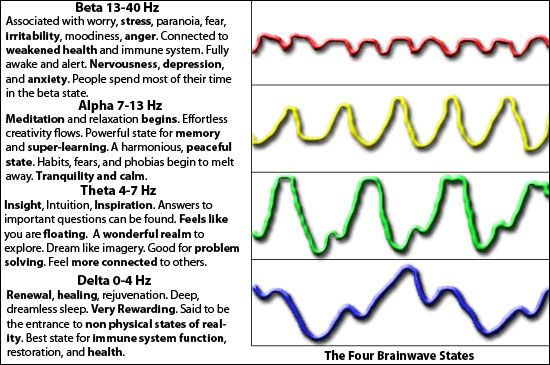 Although these cells have membrane potential, glial cells are mostly nerveless and play a supportive role for the brain and spinal cord.
Although these cells have membrane potential, glial cells are mostly nerveless and play a supportive role for the brain and spinal cord.
7 types of glial cells have been identified, all of which perform different functions. Glial cells maintain high levels of ribonucleic acid (RNA), proteins, and enzymes.
One of the enzymes produced by glial cells is acetylcholinesterase (AChE). Acetylcholinesterase is directly related to memory and the ability to process information. Some types of glial cells, especially astrocytes, provide nutrition for neurons.
Others synthesize myelin, which is used to prevent nerves and neurons from crossing each other. Microglia and astrocytes are phagocytic, which means that they cleanse the central nervous system of dead cells and decay products.
Glial cells have the ability to divide and multiply throughout life. They have branches, but do not have axons and dendrites. Recent studies have shown that some glial cells can act as amplifiers, like transistors.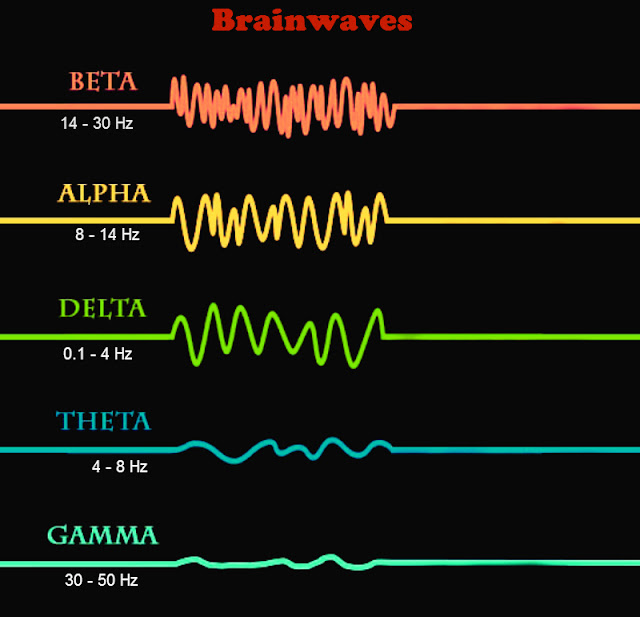
Their purpose is to support neural connections and ensure the functioning of the nervous network that unites various areas of the cerebral cortex.
The human brain is 5 times larger than the brain of a chimpanzee, but contains only 30-50% more neurons. It seems that the intellectual boundaries separating man from monkey are the result of the action in the human brain of glial cells, which outnumber neurons by about 5 to 1.
As a result of new technological developments in the creation of modern research instruments, scientists have been able to study the various activities that occur in glial cells. Research by neurophysiologist Gary Lynch of the University of California, Irvine has shown that in the embryo, before the growth of neurons and axons, glial cells show increased activity.
Glial cells divide and move in the brain through intact tissues. They travel long distances in the brain to reach active areas of the brain, and those that are already in place show incredible responses. They throw out branches and become very large. All this happens before the axons grow out of the neurons.
They throw out branches and become very large. All this happens before the axons grow out of the neurons.
2) Neurons
Neurons are nerve cells in the brain. They form the gray matter, which is the outermost 2 mm layer of the brain. Neurons are composed of a cell body, an axon, and one or more dendrites.
The function of neurons is to create and conduct nerve impulses.
By the second trimester of pregnancy, the developing brain is already capable of producing about a hundred neurons per minute. By the age of two, a child may already have a hundred million neurons in the brain.
People can lose neurons over time, especially in the part of the brain that is least used, but the loss of neurons is more than offset by an increase in the number of dendrites.
.
The outer surface of the brain, on which the neurons are located, consists of convolutions and furrows (folds and convolutions of the brain). These convolutions and furrows increase the surface area of the neurons.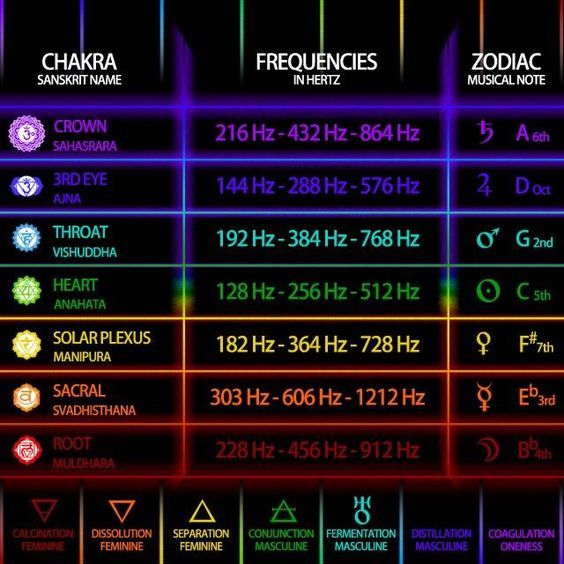
If we straighten the furrows and convolutions of the brain, we get a surface about one and a half square feet.
3) Dendrites
This word comes from the Greek tree. Axons and dendrites serve to connect different neurons. Dendrites are formed due to processes in the protoplasm of neurons, and transmit impulses to the cell body of the neuron. Usually several hundred dendrites are involved.
They form connections, called synapses, with other neurons. As a result, dendrites are the "wiring system" of the brain. They are formed by thought processes, environmental influences, learning and life experiences.
It has been estimated that an educated adult develops approximately 1 trillion dendrites in the brain, which would be approximately 100,000 miles (160,934.4 km) physically measured. Figure 1 shows a neuron and its dendrites.
BRAIN WAVE
A typical neuron takes 1 microsecond to respond to a stimulus, but when millions of neurons respond in unison, they produce "swinging" electrical discharges.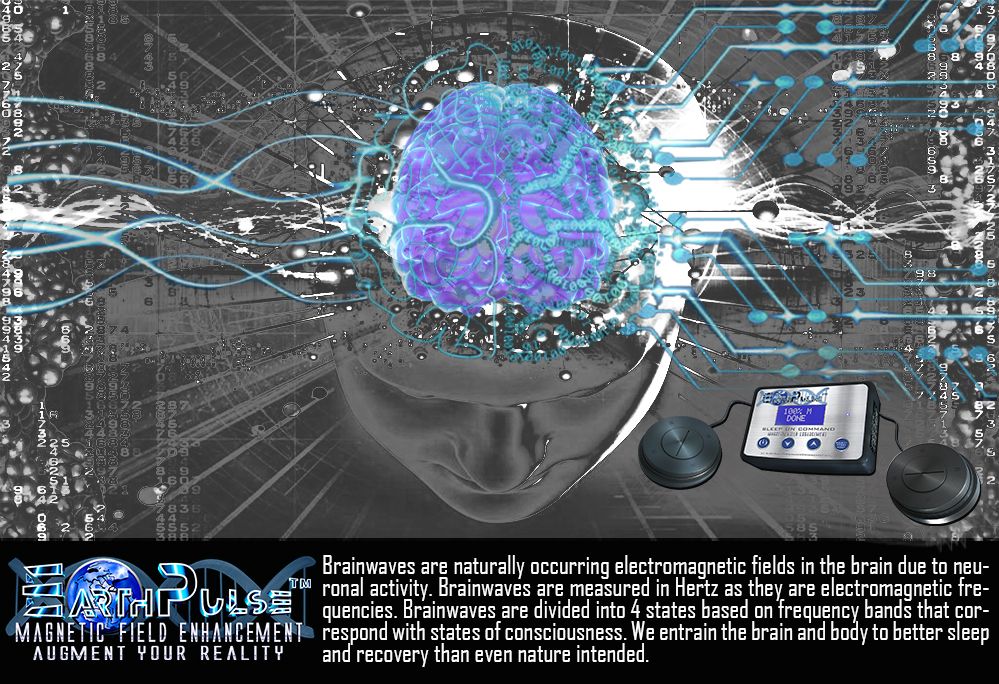 These discharges create a rhythm that is called a "brain wave".
These discharges create a rhythm that is called a "brain wave".
These rhythms are amenable to observation through the EEG. EEG records and measures a huge number of neurons responding at the same time.
These rhythms of brain waves are formed into several groups, depending on their frequencies:
Beta, Alpha, Theta and Delta (Beta, Alpha, Theta and Delta.
Michael Mackenzie
The electrical activity of the brain can be determined by means of an EEG (electroencephalogram), which measures the frequency of an electrical potential. This frequency is measured in cycles per second or Hz (Hertz).
At any given time, these frequencies determine your mood. The rate of frequency allows us to group our brainwaves into four categories.
Beta waves are the fastest brain waves, ranging in frequency from 13 to 100 Hz. During Beta wave activity, we are in a normal waking state, attention and concentration. When we feel agitated or anxious, these are fast beta waves (30 Hz).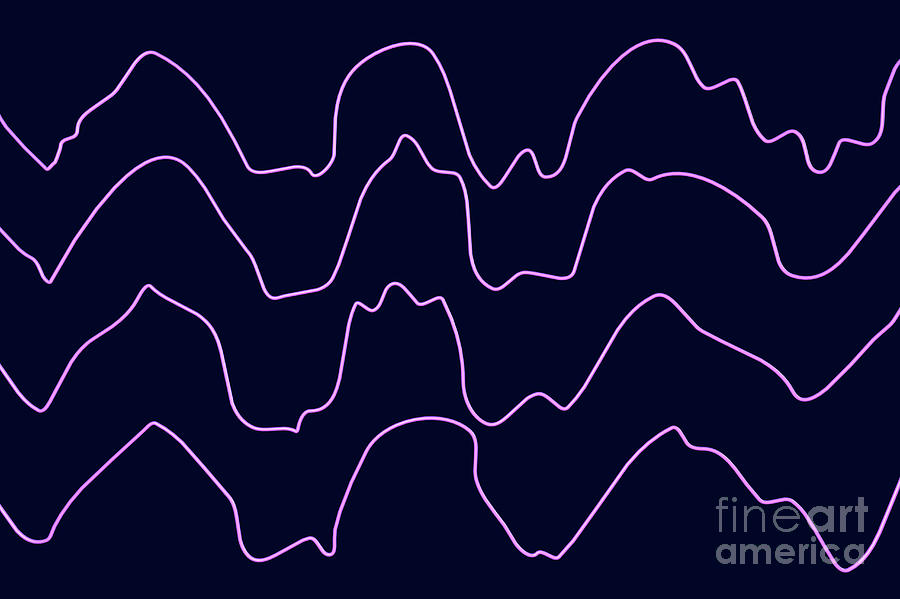 When we feel threatened, in extreme danger, or are in a fight or flight, these are ultra-fast beta waves.
When we feel threatened, in extreme danger, or are in a fight or flight, these are ultra-fast beta waves.
If you close your eyes, relax, become passive and diffuse, your brain wave activity will slow down and alpha waves will appear. They range in frequency from 8 to 12.9 Hz. We enter a state of "over-learning" within the higher end of the Alpha waves, and we begin to produce calming neurochemicals. The deeper structures of the Alpha Rhythm are characteristic of traditional meditation.
As calmness and relaxation deepen into sleepiness, the brain shifts towards slower theta waves. Theta frequency range 4 to 7.9Hz. Theta waves are often accompanied by unexpected, dreamlike mental images. Quite often, these images can be accompanied by vivid memories; as a rule, childhood memories predominate. Theta brain wave activity is associated with healing, increased creativity, sudden insight (eureka) when everything suddenly becomes clear.
Even very advanced meditators can reach the theta state within a short period of time.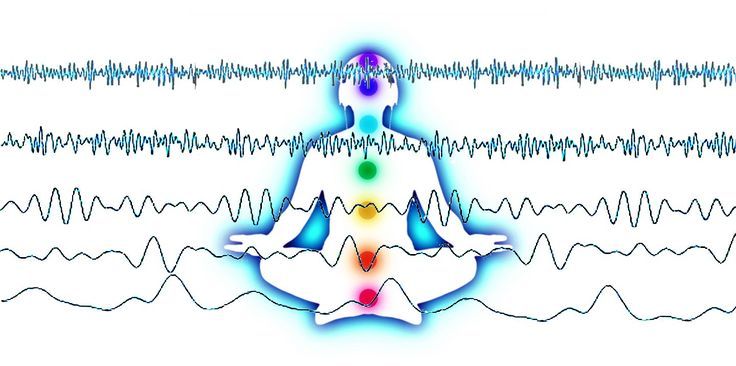
Delta waves are the slowest brain waves, ranging in frequency from 0.1 to 3.9 Hz. Usually, people sleep during delta waves, but there is evidence that it is possible to remain conscious in this state - an extremely deep trance-like state. Also, within the delta-wave activity of the brain, the production of healing somatotropin is significantly increased.
Each of these groups represents a particular type of cortical activity and is associated with states of consciousness such as anxiety, tranquility, dreaming, or sleep.
We are constantly producing some quantity of all these frequencies at the same time. Therefore, the state of our consciousness reflects the mixed activity of the rhythms of different waves of brain activity and their localization.
The rhythm of the waves of brain activity is characterized by the largest power of wave activity of a certain category. For example, a person with closed eyes produces a large amount of alpha and a small amount of beta waves in the visual cortex, because. it does not process visual information.
it does not process visual information.
When the eyes are open, the production of alpha waves is sharply reduced, and the power of beta waves will increase as a result of processing in the visual cortex of incoming visual information.
Each of the rhythms of the waves of brain activity and different states of consciousness corresponding to each type of wave. The classification of brain wave rhythms is changing as scientists gain new knowledge about the brain and states of consciousness. For example, many of these categories now have different subgroups.
BETA WAVES
Beta waves are fast, low amplitude waves, approximately 14 to 40 cycles per second (Hz).
Beta waves are generated naturally when we are in a waking state, an anxious state of consciousness.
Initially, beta waves are a data processing process involving hundreds of small calculations between two nearby cortical regions that work together to achieve a result (“What was that sound or image?”, “What is 2 + 3?”, “This is dangerous ?", "I'm afraid", "What should I do?").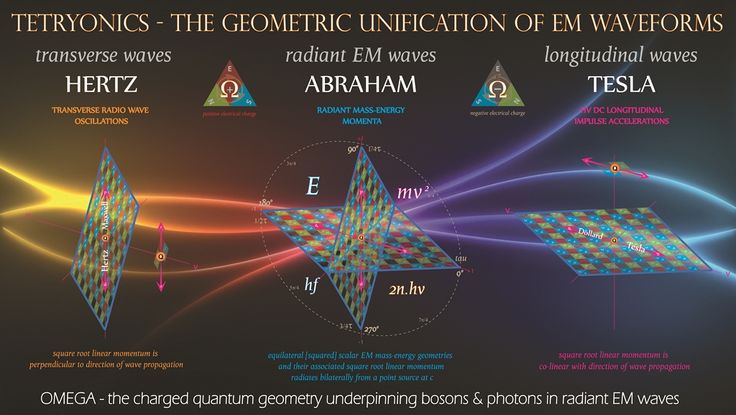
There are 3 main subgroups of beta waves: Gamma (35 to 40 Hz), Beta 2 (24 to 34 Hz) and Beta 1 (14 to 23).
Gamma waves, the fastest, reflect the peak activity of consciousness. Excessive beta 2 activity is associated with heightened emotional states such as anxiety and fear. Beta 1 frequencies are associated with cognitive processes such as problem solving and thinking.
ALPHA WAVE
Alpha waves vibrate in the range of approximately 8 to 13 Hz. Alpha activity represents vibrations between cortical fragments and the thalamic optic tract, known as the corticothalamic loop.
Alpha waves occur during periods of sensory rest (for example, in a quiet room with eyes closed), mental relaxation, deep relaxation, meditation, or peaceful consciousness (dissociation).
Alpha waves are the desired result of meditators.
Traditional meditation methods require 10 years of practice to produce perfect alpha waves. The production of alpha waves is reduced when this part of the brain processes sensory information, as well as in the process of problem solving and cognitive activity.
Increasing the number of alpha waves gives:
- feeling of peace
- improved academic achievement
- warmth in limbs
- increased productivity in the workplace
- feeling of well-being
- reduce anxiety, improve sleep
- improved immune function.
It is believed that the most creative geniuses, such as Einstein, were constantly in an almost unchanged alpha state.
Most of these creative people had poor school performance and were considered dysfunctional students. Perhaps they were too focused on creative activity to pay attention to their studies.
In the last few years, new subgroups of alpha waves have been identified. Mu waves (sometimes called Talfa) are borderline between Alpha / Theta waves (from 7 to 9 Hz). Their active production is associated with a healthy state of consciousness, which gives exceptional intuition and experience of personal transformation.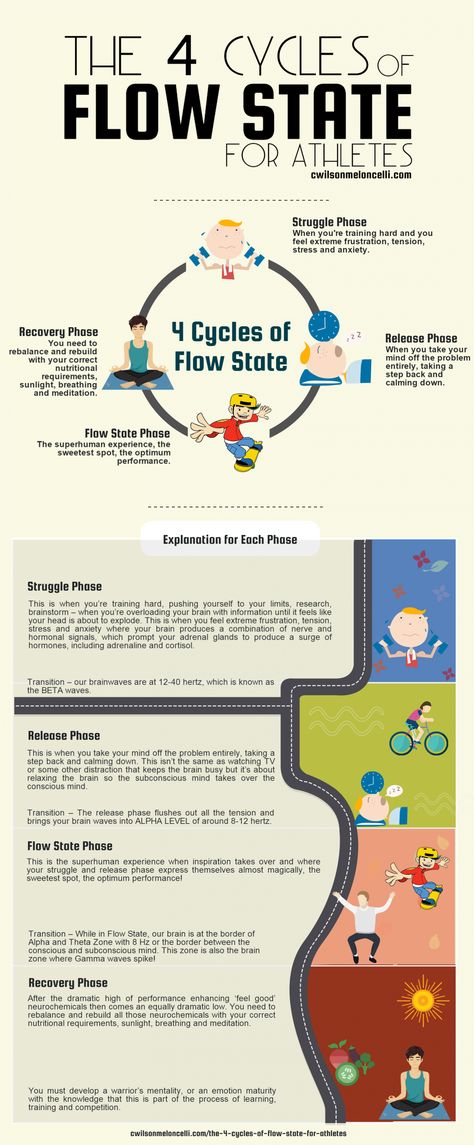
Some researchers believe that "healthy" mu activity can reduce the state of unreasonable anger and anxiety from hidden problematic childhood memories or emotional trauma from the past. Examples of these waves of brain activity are the Schumann resonance or the "fifth stage" of meditation.
THETA WAVES
Theta wave frequencies are from 4 to 8 Hz.
Theta waves are associated with sleep, twilight, hypnotic trance, REM sleep, and dreaming.
In this state, memory activity increases. Memory improves (especially long-term memory), access to the subconscious increases, the possibility of free association increases, creativity increases, unexpected insights take place.
It is a mysterious, special state of consciousness. For a long time, scientists could not study this state of the brain, because. the average person cannot stay in it for a long time without falling into sleep (which also gives a lot of theta waves).
DELTA WAVE
Delta waves are the slowest waves of brain activity with a frequency ranging from 1 to 4 Hz.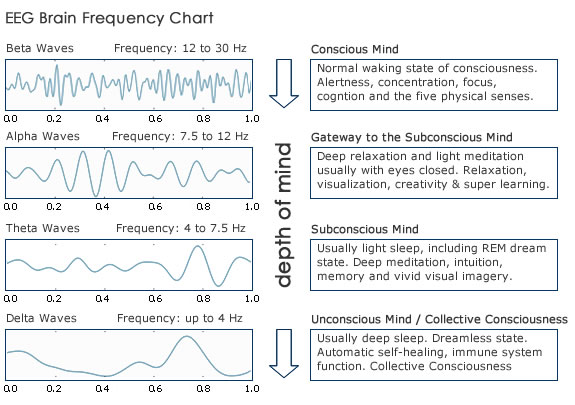 Delta waves dominate when we fall asleep and continue to dominate in deep sleep.
Delta waves dominate when we fall asleep and continue to dominate in deep sleep.
Some researchers are sure that delta waves are present in healers in the state of "healing" and in psychics at the time of receiving information.
The following table presents a summary of the positive brain waves associated with the activity of different groups of brain waves.
Positive Factors Categories of Brain Waves
Perhaps associated with the peak of vital activity. Gamma 35 - 45 Hz
Very active external attention. Beta 2 22 - 35 Hz
Active external attention. Beta 1 15-22Hz
Relaxation, passive attention. Slow beta waves 12-15 Hz
Relaxation, inner attention, meditation, healthy mental state. Alpha (High) 9-13 Hz
Deep Meditation, Insight, Schumann Resonance, Hypnosis Slow Alpha Waves - Mu/Talfa 7-9Hz
Creativity, REM sleep, hypnagogic state Theta 5-7Hz
Sleep improvement. Delta 1 -4 Hz
Within a few minutes, the brain usually produces a number of all kinds of waves. However, for a specific type of activity or behavior, the brain is able to initially produce waves of one group.
However, for a specific type of activity or behavior, the brain is able to initially produce waves of one group.
Essentially, waves of brain activity are like the waves of a lake. When a strong wind blows, large waves appear far in the lake (large amplitude, low frequency). And when we throw a pebble into the lake, small waves appear very close to the place of unrest (low amplitude, high frequency).
An interesting relationship is that as the frequency increases, the amplitude decreases. Figure 3 shows the relationship between the types of behavior associated with the predominance of any one group of frequencies.
BRAIN WAVES AND HUMAN HEALTH
A healthy brain performs many important mental functions simultaneously, producing a large number of brain waves of different frequencies that reflect these functions.
With today's stressful lifestyles, we often show increased beta activity. To overcome this negativity, many are looking for ways to produce alpha waves - a peaceful existence, relaxation.